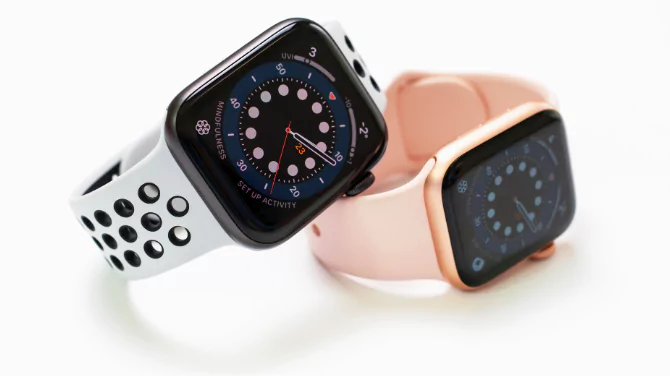In an age where lifestyles are increasingly sedentary and stress levels are high, prioritizing health and wellness has never been more critical. Fortunately, with the advent of wearable technology, such as smartwatches, individuals now have the means to take proactive steps towards better health. These innovative devices offer a wide array of features designed to monitor various aspects of our well-being, providing insights and motivation to make healthier choices.
Smartwatches have transformed the way we approach health and fitness by putting valuable information at our fingertips. Gone are the days of relying solely on periodic doctor visits or self-reported data. With smartwatches, users can track their activity levels, heart rate, sleep patterns, and more in real-time, empowering them to make informed decisions about their health.
One of the most significant impacts of smartwatches on health and wellness is their ability to encourage physical activity. By providing users with data on their daily steps, distance traveled, and calories burned, smartwatches serve as constant reminders to stay active. Many devices even offer personalized activity goals and motivational prompts to help users reach their fitness targets. This emphasis on movement not only improves physical health but also contributes to mental well-being by reducing stress and anxiety.
Tracking Physical Activity
One of the most prominent features of smartwatches is their ability to track physical activity. Whether it’s counting steps, monitoring heart rate, or tracking calories burned, smartwatches provide users with valuable insights into their daily activity levels. By keeping tabs on their physical activity, users can set goals, track progress, and make adjustments to their lifestyle to improve their overall fitness and well-being.
Encouraging Regular Exercise
Moreover, smartwatches serve as versatile fitness companions, offering a plethora of features beyond basic activity tracking. With the integration of sophisticated fitness tracking apps and functionalities, these devices have transformed the way users approach exercise and physical activity.
One of the key aspects that sets smartwatches apart is their ability to provide personalized workout recommendations tailored to individual fitness levels, goals, and preferences. By analyzing data such as heart rate, activity levels, and workout history, smartwatches can offer insights into the most effective exercises and training regimens for each user. Whether it’s recommending high-intensity interval training (HIIT) workouts for fat burning or suggesting low-impact exercises for joint health, these personalized recommendations ensure that users get the most out of their workouts.
In addition to personalized recommendations, smartwatches also offer a range of interactive features designed to keep users motivated and engaged with their fitness routines. From virtual challenges and competitions with friends to gamified workouts and rewards systems, these features add an element of fun and excitement to exercise, making it more enjoyable and sustainable in the long run. By gamifying fitness, smartwatches help users stay motivated and committed to their goals, leading to improved adherence and better results over time.
Monitoring Health Metrics
In addition to tracking physical activity, smartwatches can also monitor various health metrics, such as heart rate, sleep patterns, and even blood oxygen levels. By continuously monitoring these metrics throughout the day and night, users can gain valuable insights into their overall health and identify potential areas for improvement. For example, monitoring sleep patterns can help users identify factors that may be impacting their sleep quality, such as stress or poor sleep hygiene, and make adjustments accordingly.
Early Detection of Health Issues
Smartwatches have the potential to detect health issues early on by monitoring key health metrics and identifying abnormalities. For example, some smartwatches are equipped with ECG (electrocardiogram) sensors that can detect irregular heart rhythms, such as atrial fibrillation, which can increase the risk of stroke and other cardiovascular complications. By alerting users to potential health issues, smartwatches can help them seek medical attention promptly and take proactive steps to manage their health.
Remote Health Monitoring
In addition to monitoring their own health, smartwatches can also be used for remote health monitoring, allowing healthcare providers to keep tabs on their patients’ health from a distance. For example, patients with chronic conditions such as diabetes or hypertension can use smartwatches to track their vital signs and share this data with their healthcare providers in real-time. This remote monitoring allows healthcare providers to intervene early if they detect any concerning trends or changes in the patient’s health status.
Conclusion
Smartwatches have revolutionized the way we approach health and wellness, providing users with powerful tools to track and monitor their physical activity, health metrics, and overall well-being. By encouraging regular exercise, monitoring health metrics, detecting health issues early on, and enabling remote health monitoring, smartwatches are empowering individuals to take control of their health and live healthier, more active lives. As technology continues to advance, the potential for smartwatches to positively impact health and wellness will only continue to grow, making them invaluable tools for improving the quality of life for people around the world.





